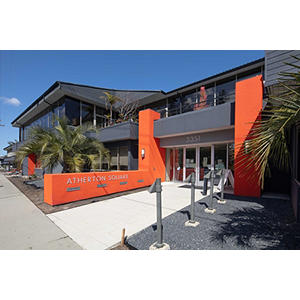
Linda Zhu, MD
Clinical Assistant Professor
Allergy & Immunology
Locations

3351 El Camino Real, Suite 201
Atherton, CA 94027
Phone : (650) 362-2500
Fax : (650) 503-0169

1195 West Fremont Avenue
Sunnyvale, CA 94087
Phone : (408) 723-0290
Fax : (650) 497-0399
Work and Education
Case Western Reserve School of Medicine, Cleveland, OH, 5/18/2014
University of Chicago Hospitals Internal Medicine Residency, Chicago, IL, 6/25/2017
Stanford University Allergy and Immunology Fellowship, Stanford, CA, 07/06/2021
University of California Davis, Sacramento, CA, 6/30/2015
Internal Medicine, American Board of Internal Medicine, 2017
Allergy & Immunology, American Board of Allergy and Immunology, 2021
Languages
English
Connect with us:
Download our App: